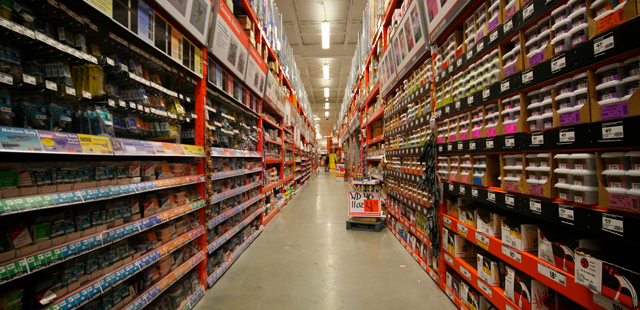
Engagement, Authentication & Stock Management in Retail Tools
A major Asian tool company was interested in promoting replacement blades for their saws by engaging with consumers and touting the value of their replacement blades.
An Asian tool company was looking to provide incentives to existing retailers to use original blades for their saws and prevent counterfeiting in several Asian markets. The first step of any interaction was to validate that these were authentic original equipment blades from the company. Off brand blades were very common in the industry and the brand also wanted to reward loyal customers with better customer service and the chance to receive rewards based on purchases.
The first goal in the implementation was simply authentication. Anyone purchasing the company’s products would go through an experience that would guarantee the authenticity of the product using NFC tags. Any consumer could get instant feedback at retail or after delivery that the product was original.
The brand used RFID tags on larger packages to do stockkeeping at retail but was looking to add either NFC tags or QR codes to the product to provide the opportunity for customers to interact with the product. The tags would also have to be added to the individual packages of blades because consumers could be buying smaller quantities than entire boxes. After consideration of cost and function, the decision was to create a combined NFC and RFID tag that would allow customers to interact, but still provide the stockkeeping functions they had with RFID.
To engage customers, the brand developed a loyalty program that would allow end users to tap an NFC Tag and register the blades that they purchased to be eligible to collect points to be used to redeem for prizes through an app. The goal was to target the end users of the blades to have them interested in the brand they use so they can make requests to those doing purchasing. An additional instant prize possibility was added to the interaction to engage the casual user who may only buy blades occasionally.
The process was designed to increase stockkeeping efficiency by adding stock of partial boxes with tags on the internal packaging as well as increase the chances of buying original equipment blades to increase blade sales. Analytics data for all the transactions were collected in the system which provided graphic geographical data to allow for more targeted marketing campaigns and potentially identify underperforming distributors in specific regions.
Tapwow Takeaways
- Choosing the right tag can offer different benefits to different parts of the company like supply chain and marketing. In this case, two technologies were combined into one to create the necessary functionality.
- Authentication is important in any industry or price point. Even for less expensive blades, the proliferation of counterfeit blades decreases brand perception so it is important that customers know what they are getting and the performance to expect.
- By creating the engagement for end users, they would engage the users to make specifying the brand part of their routine. By offering something useful to the end user, they would increase tapping and interaction to trigger the authentication process.
- Tapping leads to data and that data can be used to drive marketing as well as surface issues in the supply chain. That data can then be used to improve processes.
